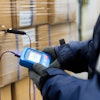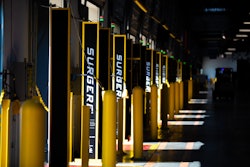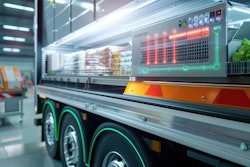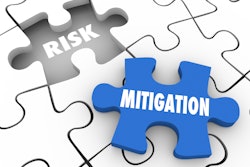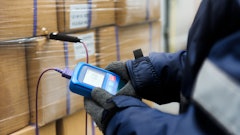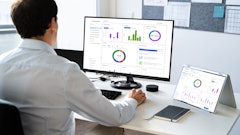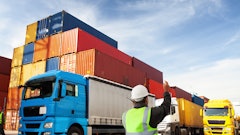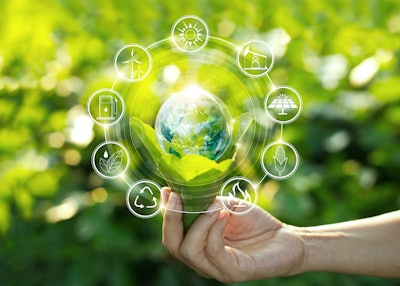
The consumer packaged goods (CPG) industry's supply chains generate up to 80% of the industry’s global greenhouse gas emissions, prompting this sector to adopt real steps toward transparent and verifiable sustainability practices. Whether to comply with laws, meet client mandates, or satisfy eco-conscious consumers, the CPG industry is feeling pressure to track and reduce its carbon footprint. That means climate progress hinges not just on big brands, but on the everyday operations of thousands of small and mid-sized suppliers.
Setting ambitious emissions reduction goals is a start. But progress depends on having the right tools and systems to track and reduce emissions, especially across supply chains. This is where the challenge and opportunity begin. Most CPG companies are familiar with Scope 1 (direct emissions) and Scope 2 (purchased emissions). Scope 3 is more complicated. It includes all indirect emissions that occur outside a company’s direct operations, such as those produced by suppliers, logistics providers, or the end use of products. For many companies, Scope 3 represents up to 75% of their total carbon footprint.
Tracking these emissions is difficult because the data lives in many places and involves third-party partners who might not be using consistent methods or standard formats. Yet without a clear understanding of the entirety of their Scope 3 emissions, companies cannot make meaningful progress toward their climate goals.
Beverage companies provide a great example of how emissions show up across an entire supply chain. The carbon footprint of a bottled drink often comes more from the agricultural factors, packaging, refrigeration, and transport than from the drink itself. In addition, beverages are among the most water-intensive products on the market. And while water usage may not always show up directly in emissions totals, it plays a major role in long-term sustainability.
Governments are beginning to require detailed emissions reporting from large companies. In the European Union, the Corporate Sustainability Reporting Directive (CSRD) mandates that companies disclose climate-related risks and emissions across their full value chains. In the United States, similar policies are taking shape, including recent legislation passed in California. This means companies can no longer afford to wait. Even brands based in regions without active climate laws are being held to new expectations by global partners.
Accurate data is at the heart of any system created to quantify and weigh resource use; capturing the myriad factors that add up to sustainability gains is highly complex. However, these processes are still often done manually and on an annual basis. But this approach no longer works for global supply chains, which will be better served by continuous visibility and real-time, reliable data that informs team decision-making.
Emerging tech makes carbon tracking far more manageable than it used to be. From emissions dashboards and AI-powered data cleanup, today’s carbon accounting and sustainability platforms can automatically compile, standardize, and calculate emissions data across a diverse web of thousands of suppliers and SKUs. Tools that integrate with existing procurement and supply chain systems reduce the need for duplicate data entry and minimizing errors.
Instead of manually working with spreadsheets, a method prone to costly errors and labor intensive, suppliers can rely on sustainability platforms that automatically compile, crunch, and create reports. These solutions integrate with systems to directly pull information from various sources, like procurement systems, utility meters and equipment, which provides a unified, real-time view of resource allocation.
With access to more complete data, companies can spot inefficiencies, identify high-emission areas, and track recurring patterns and improvements over time. Some brands have found that better emissions data helped them cut operational costs across the board. For example, being able to quickly select more efficient transportation routes saves on gas and labor. Understanding how different weights of product components affect design, or helping vendors adopt more sustainable methods, can also bring prices down.
Even with these benefits, many companies still hesitate to invest in carbon and sustainability programs with a common concern being cost. Sustainability teams often struggle to articulate the ROI of these tools when working to get budget approval from senior leadership. Beginning slowly and taking incremental steps can build successes that will help the case for further investment.
With growing interest in carbon labeling and product-level transparency, companies that can demonstrate progress have a more appealing story to tell. As transparency becomes the norm, companies already showing authentic data behind their sustainability claims through measuring and reducing emissions will have a competitive advantage.
Sustainability is no longer a separate initiative. It is becoming central to how CPG companies manage risk, make investments, and shape their brand identities. As the regulatory landscape evolves and consumers demand greater accountability, sustainability data tracking is becoming a standard part of doing business. Leveraging high-tech sustainability initiatives is a powerful logistics strategy that brings both environmental and economic benefits that will position the CPG industry to continue to be resilient, compliant, and ready for the low-carbon economy ahead.

